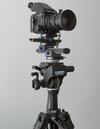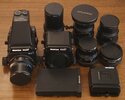Outbacknomad
Active Member
- Joined
- Apr 7, 2021
- Messages
- 202
- Reaction score
- 137
- Location
- Sydney
- Country
- Australia
- Dash Cam
- 4 x Garmin 56 plus 100Ah auxiliary battery
A comparison between 2008 Canon 5D2 35mm sensor with 14mm lens 5616x3744 pixels vs Garmin 56 2560x1440 pixels.
14mm lens FOV

Garmin 56 FOV
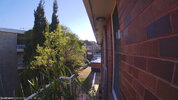
14mm crop & scaled down x2.2
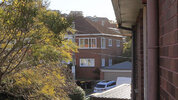
Garmin crop.
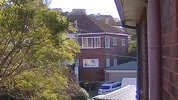
This was a simple comparison simply to see what basic differences these 2 cameras have. One camera is over a decade old with large sensor & the other is a modern camera with tiny sensor for a car.
14mm lens FOV

Garmin 56 FOV

14mm crop & scaled down x2.2

Garmin crop.

This was a simple comparison simply to see what basic differences these 2 cameras have. One camera is over a decade old with large sensor & the other is a modern camera with tiny sensor for a car.

